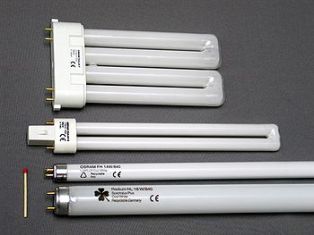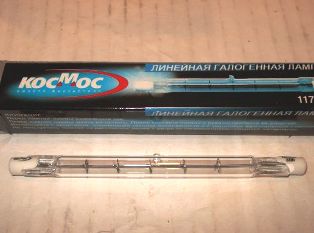Categories: Featured Articles » Sources of light
Number of views: 27229
Comments on the article: 2
Types of lamp caps
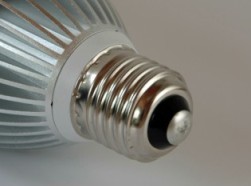 Regardless of the type of lighting electric lamp, the main characteristic of this product is the type of cap. It is through the base that the lamp is attached to the cartridge and the possibility of its connection to the device depends on its device.
Regardless of the type of lighting electric lamp, the main characteristic of this product is the type of cap. It is through the base that the lamp is attached to the cartridge and the possibility of its connection to the device depends on its device.
Today, there are a huge variety of socles, so specialists in this field have developed a certain classification and encryption of these devices.
The classic version is the Edison threaded base (indicated by the Latin letter - E). It is widely used to quickly connect many types of lamps used in chandeliers, household fixtures, etc. The number next to the letter E indicates the diameter of the thread. The most common models are E14 and E27. There are also socles for more powerful E40 lamps.
The second most popular is the pin cap (G). They also have a large scope: small halogen, ceiling luminescent, incandescent lamps, etc. Here, the number after G is the distance between the contacts in millimeters.
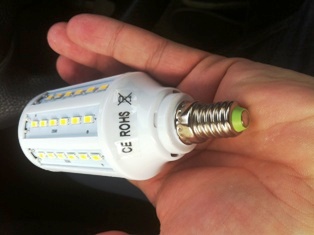
LED lamp with E14 socket
In addition to the above models, the following types of socles are known to mankind today:
-
with recessed contact (R) - are actively used in devices with high intensity and operating on alternating current,
-
Dowel or Bayonet (B). This type is one of the directions of evolution of threaded analogues. In its creation, the developers sought to accelerate the procedure for replacing the lamp, making it more compact. A characteristic feature of this device is the asymmetrical side contacts that position the lamp in the cartridge,
-
with one pin (F). This base has several variations: Fa - cylindrical, Fb - grooved and Fc - pin of a special shape,
-
spotlight (S). The contacts in it are located on both sides (analog of a glass fuse). Most often used when lighting a room and a car interior,
-
focusing (P) - used for specialized navigation spotlights, lights, flashlights, film projectors. Its design includes a prefabricated lens, responsible for focusing the light flux in a specific direction,
-
telephone (T) - great for picking bulbs for remote controls, backlights, mnemonic circuits. Also, devices with telephone caps are widely used as warning lights in a variety of automation shields.
Very popular are several types of socles, belonging to a number of non-standard. These include cable base (K), special connections for xenon lamps (H), baseless lamps (W). In the latter embodiment, contact with the cartridge is carried out by means of current inputs on the glass base of the bulb.
Often, an additional letter is added to the first letter of the lamp marking, clarifying the subspecies of the lighting device: V - means the presence of a socle with a special conical end, U - energy-saving, A - car lamp.
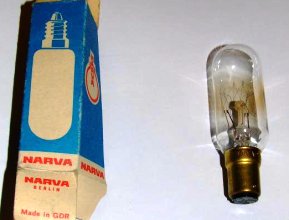
Today, several varieties of light bulbs are known: traditional incandescent lamps, LED, fluorescent (CFL), halogen. However, it is impossible to say that a specific type of cap is used for a particular type. Sockets of various kinds of lamps are created as the development of lighting technology in general, and not the separate development of bulbs. Therefore, the use of the same models may relate to different purposes, the principle of operation, the size of the lighting fixtures.
Due to the low cost, simplicity of the luminaire circuit and accessibility, incandescent lamps are considered the most common. Most of these devices are equipped with socles type E14, E27.

Compact fluorescent lamp with E14 socket
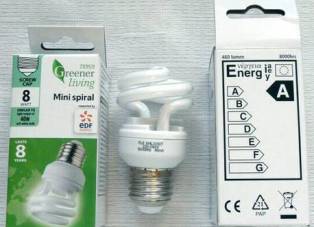
Compact fluorescent lamp with E27 socket
The most promising light sources - LEDs are equipped with threaded or pin caps. So, GU10 is used in today's ceiling lights, G13 - in LED linear lamps. In other cases, classic E14, E27 are most often found.
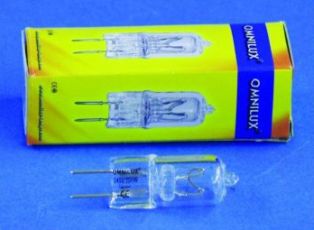
Halogen bulb with G4 pin socket
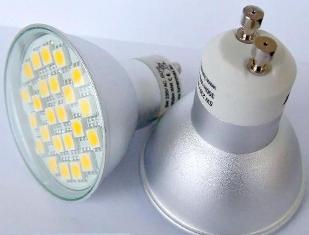
Halogen bulb with GU10 pin socket
A variety of socles are distinguished by fluorescent lamps. Here the most common are:
-
G13 - luminaires installed in large retail areas in production halls, warehouses and other large-sized rooms,
-
G23 - table lamps, fixtures for bathrooms, showers,
-
G24 - a variety of industrial, household fixtures,
-
G53 - sealed lamps used in wet rooms, plasterboard or stretch ceilings.
Fluorescent lamps
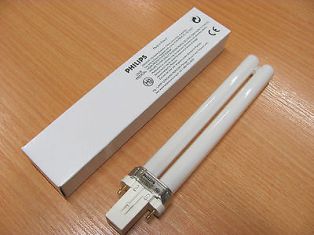
Compact fluorescent lamp with socket G23

LED lamp with socket G24

LED lamp with socketG53
Quartz halogen lamp with socketR7s
With a few exceptions to several models, all halogen lamps are equipped with pin caps. The main types are G4, G9.
The first is used for small halogen lamps (decorative design, spotlights). The service life of such devices is over 2000 hours. The second found popularity in decorative lighting devices operating on alternating current. Quartz halogen lamps are equipped with caps type R7s (s - one contact).
See also at bgv.electricianexp.com
:

